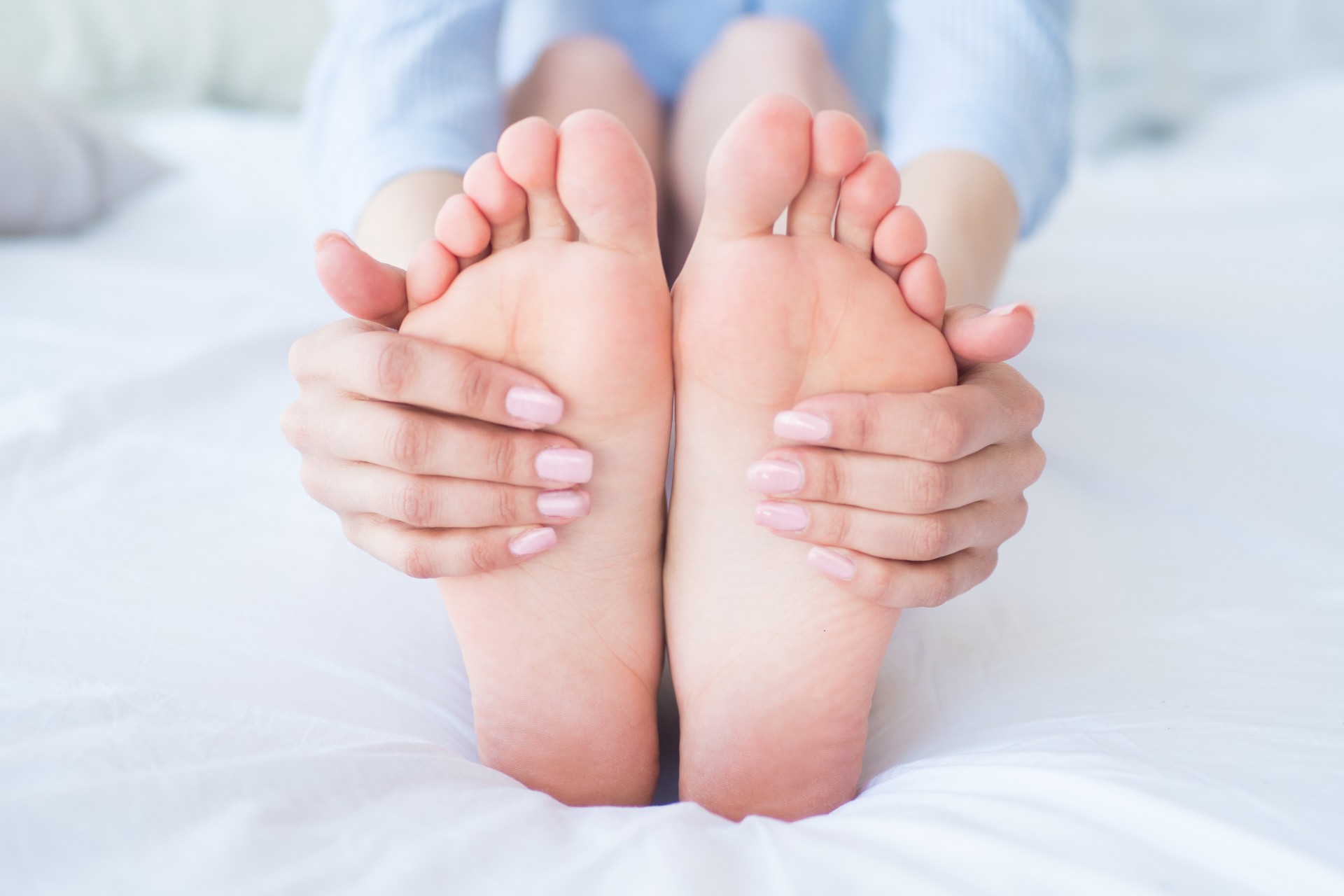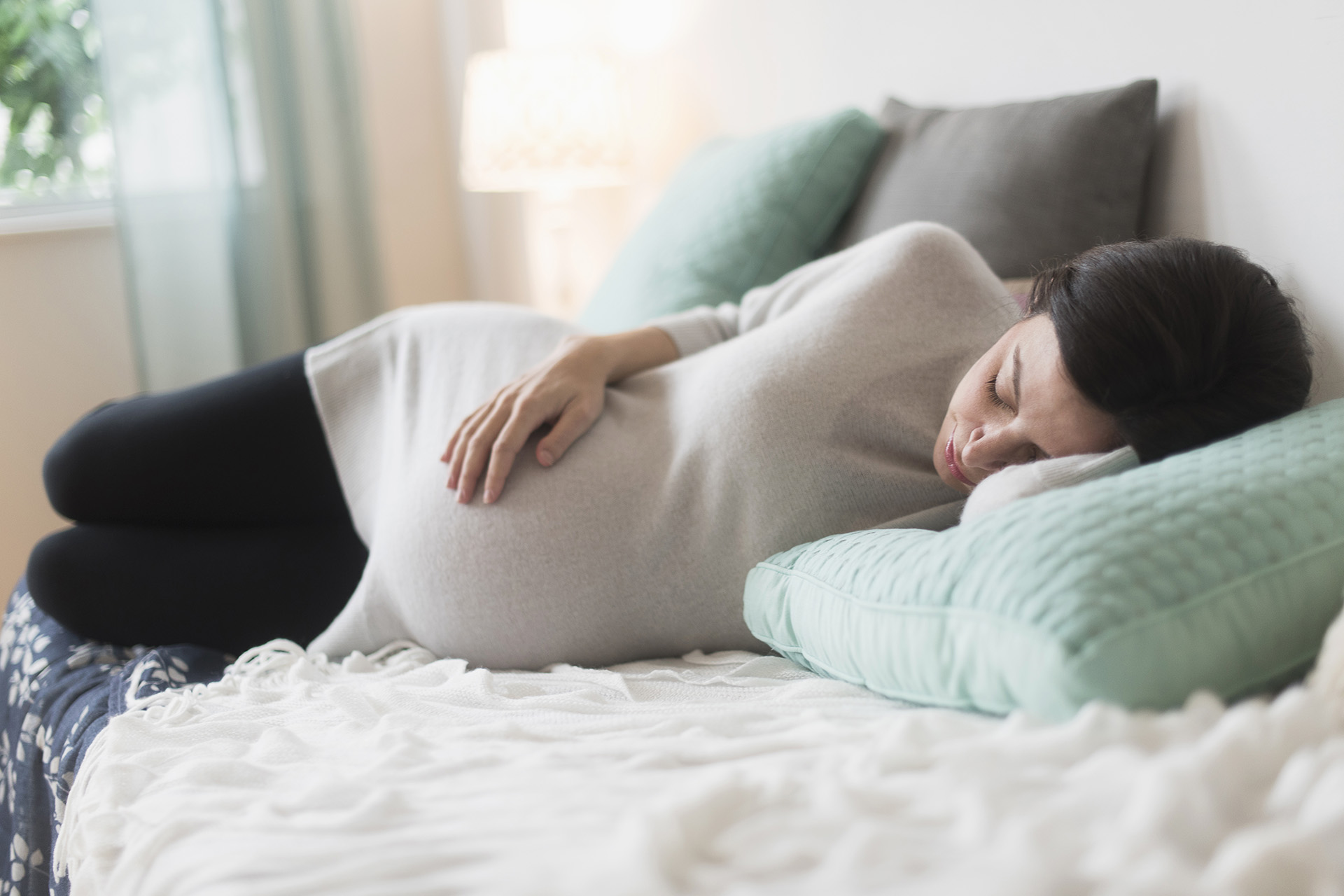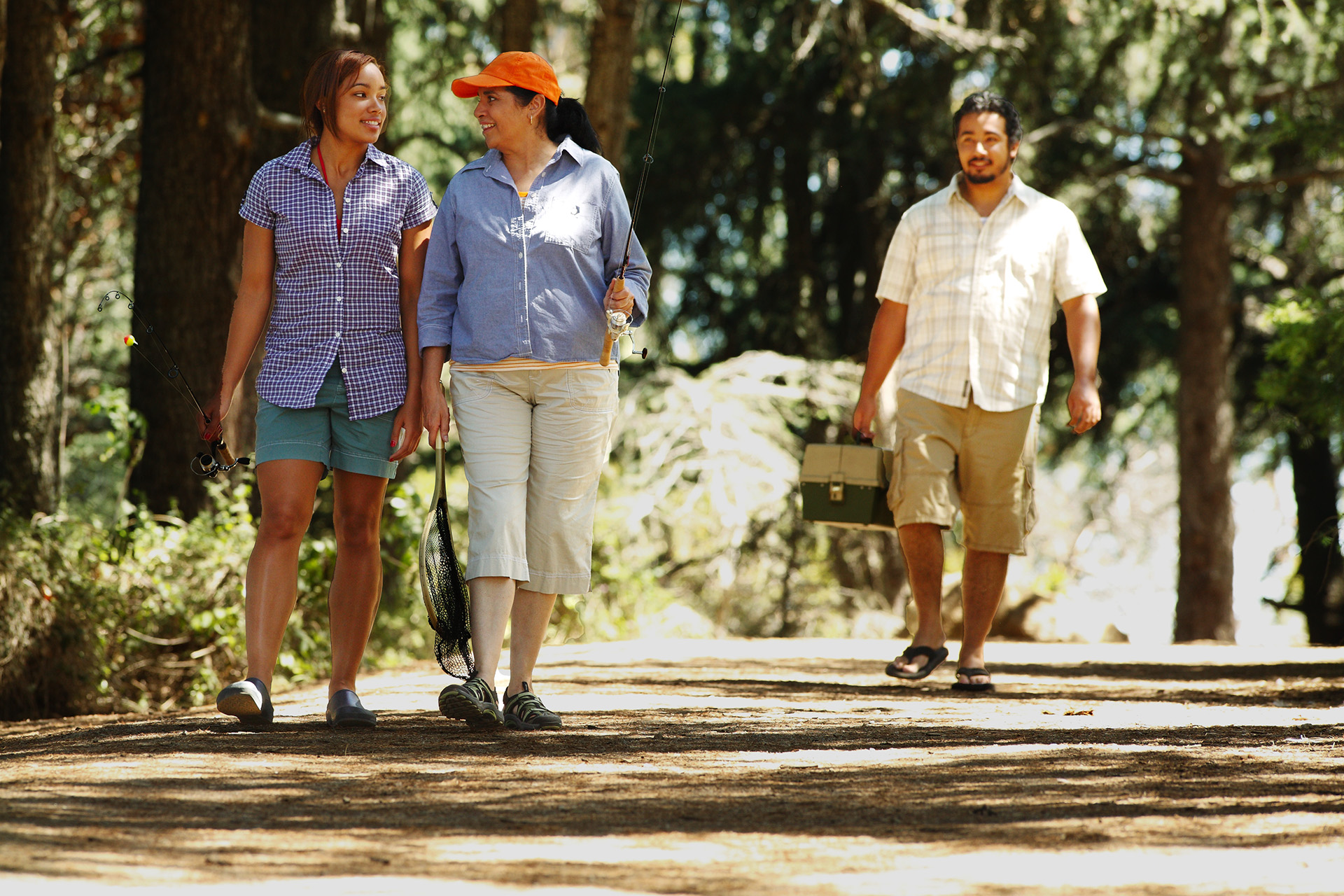Given the stressful environment of the COVID-19 pandemic, foot health may not have been a top priority for many. Whether it’s a lack of exercise or wearing slippers while working from home, your feet may be starting to hurt.
Gray Williams, DPM, a podiatric surgeon at the Kaiser Permanente Vallejo Medical Center, said he has seen an uptick in patients coming in for foot pain and injuries during the pandemic. Below, he breaks down habits to avoid, how to safely start fitness activities, and ways to keep your foot health on track.
No more slippers
For those who work from home, it’s tempting to wear slippers or socks around the house. But, according to Dr. Williams, it’s a pathway to pain.
“Your feet are built to carry you around this world. If you are inadequately supporting them, it can cause pain and possible injury,” he said.
Wearing the right shoes is key to happy feet. Dr. Williams suggests shoes with strong arch support and that are not too tight near the toes or sides of the foot. Too small shoes can cause calluses or bunions, which can lead to greater problems.
“Tendonitis is a common outcome of inadequate arch support, as is the possibility of plantar fasciitis and arthritis among older patients,” he said.
Dr. Williams recommends Birkenstock if you prefer sandals. For walking, he suggests New Balance shoes, which are offered in a variety of widths.
Don’t go 0 to 100
A mistake made by many of Dr. Williams’ patients is going from relative inactivity to diving headfirst into strenuous activity. This can make you susceptible to injury.
“The tissue in the foot won’t be able to handle a high level of activity if you’ve been inactive for a long period of time,” Dr. Williams said.
“Your feet are built to carry you around this world. If you are inadequately supporting them, it can cause pain and possible injury.” – Gray Williams
A decrease in outdoor activity has also led to a dip in vitamin D and calcium levels in patients, he added, which can contribute to weakened bone density and lead to fractures.
Start small with light walking or low impact cardio for 15 to 20 minutes a day. Don’t attempt weightlifting or long runs if you haven’t been active. Over time you can gradually increase your exercise duration and intensity.
Dip your toes into Kaiser Permanente’s ClassPass offering thousands of workout options.
Always stretch
Don’t forget to incorporate stretching into your day. Stretch before and after exercise, Dr. Williams said. “Stretching helps prevent injury and keeps muscles flexible, strong, and healthy.”
If you are suffering from foot or ankle pain, focus on stretching the calf muscles twice a day. Stretching sessions only need to be 6 minutes, holding stretches for 20 to 30 seconds.
Walk, walk, walk
The health benefits of walking daily are endless, said Dr. Williams. Sitting for prolonged periods of time can have negative health effects, so it’s important to move throughout the day along with longer 30-minute walks.
“When you’re working, remember to get up and walk every hour,” he said. “Walking is a critical component of health.”
Dr. Williams said it’s important to understand that foot health affects many aspects of the body, from the ankle, to the back, and the neck, so it’s important to prioritize your feet.
Learn more about foot health at kaiserpermanente.org.





This Post Has 0 Comments